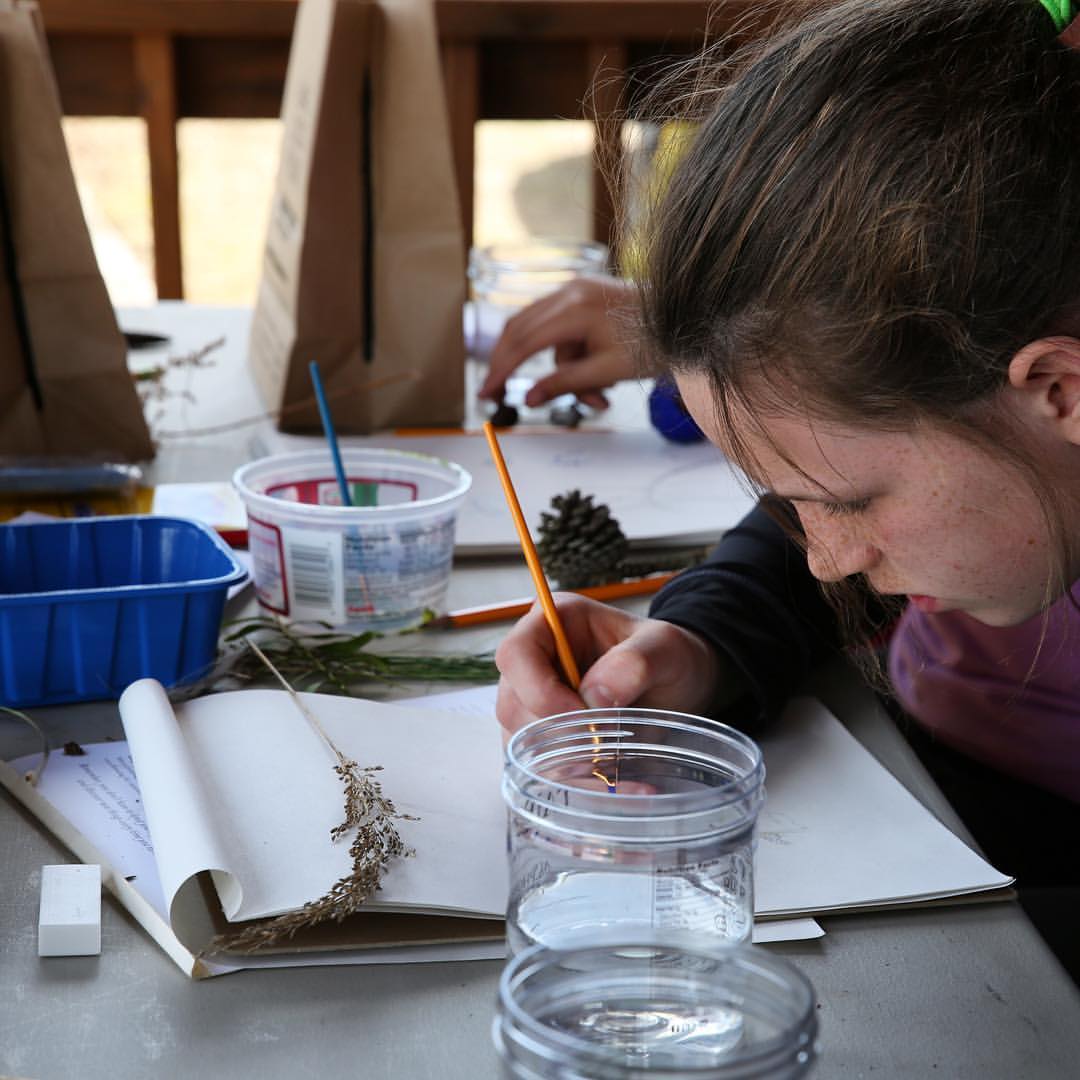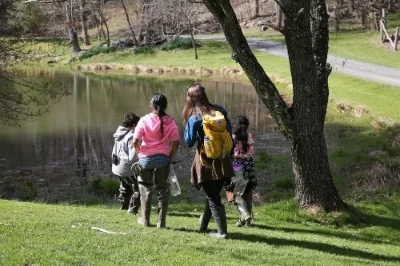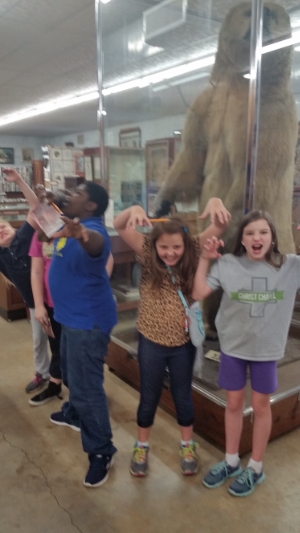


A Week of Exploration, Messy Adventures, Engineering & Creativity!
Both staff and volunteers were on-the-go as we taught students from Galax Middle School for their Enrichment Week. Enrichment week gives students a break from the everyday class routine and allows them to gain crucial experience outside of the classroom. BRDC provided students with three different programs that they could choose from including Pioneering, Crafting with Nature, and Exploration and Discovery.

Galax Enrichment Pond Exploration
Galax Middle School students explored a nearby pond last Friday, as part of BRDC's Galax Enrichment program. The students had a great time building salamander traps and searching for frogs- they discovered spring peepers and eastern newts.

Galax Middle School Visits Matthews Museum
Galax Middle School students went on a field trip to the Mathews Museum Friday, March 11th, as part of the Galax Enrichment program. The kids were given a scavenger hunt list that challenged them to explore all the amazing exhibits.

Galax Enrichment Week - Primitive Technology
BRDC recently hosted a Primitive Technology course as part of Galax Middle School Enrichment Week. The students were engaged with a variety of hands-on activities that connected them to skills used by early American Indians and materials found in their backyards.

Build-A-Beast
The Bearded Tinkerers are hard at work preparing the first iteration of "The Beast" for the kids at Galax Enrichment Week. Hopefully it will be up and walking on all four legs by the beginning of next week...

Students explore the life of birds through BRDC's Avian Adventures
On Monday afternoon William Roberts (board member of Blue Ridge Discovery Center and Scott Jackson-Ricketts (program director of BRDC) introduced the art of birding to Mark Robinson’s biology enrichment class. After sharing names and a getting-to-know-one-another session, we began by holding up bird flash cards to determine what birds, if any, the students recognized.